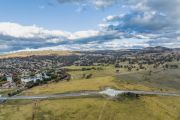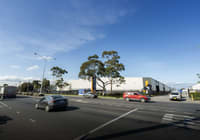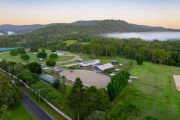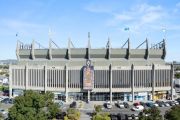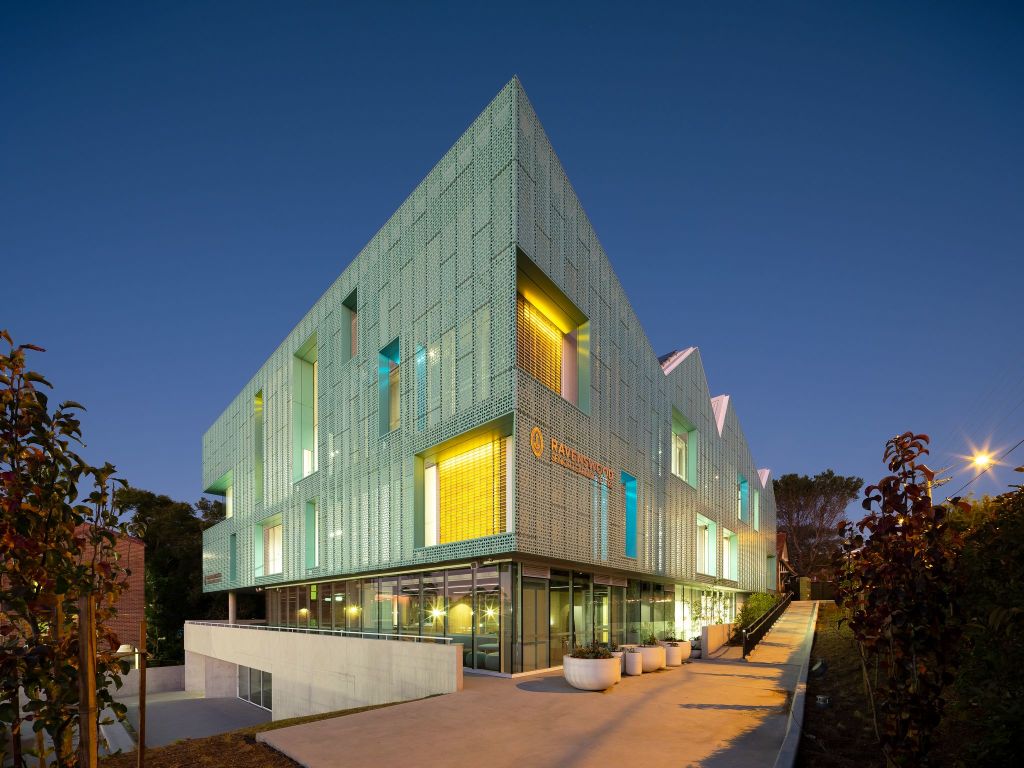
How schools and universities are luring students back to campus with bold new spaces
There’s a revolution brewing behind the scenes at the nation’s schools and universities.
It’s not so much about overthrowing the existing political order, however. It’s much more about the real estate – a dramatic change in style from institutional to commercial, where places of learning increasingly mirror modern workspaces.
“We’re seeing the largest qualitative shift we’ve ever seen before in the educational space,” said architect Hamilton Wilson, managing director of specialist firm Wilson Architects. “All the spaces in both universities and schools are rapidly changing.
“It’s all about better learning, individually and collectively, and about joining the dots and creating cross-disciplinary spaces that enable the next generation to find extraordinary new things that haven’t been invented yet.”
Educational institutions have been physically changing for the past few years, but the COVID-19 pandemic has accelerated the thinking about the need for improvements.
With overseas students providing much-needed funds for universities and other tertiary colleges, there’s now heated competition to woo them back once the international borders re-open. Since domestic students have become increasingly used to remote learning, they need to be lured back too by much more attractive physical spaces.
At the independent Ravenswood School for Girls on Sydney’s upper north shore, architectural firm BVN delivered a senior learning centre for year 12 pupils, which opened in May last year to coincide with students’ return to school after weeks of studying online.
It was designed to be flexible enough to accommodate traditional stand-and-deliver models and recent – and future – styles of teaching. It also had to provide a “home” for the senior students, where they could feel a personal connection to their school, have coffee and chat with their peers and study after hours.
“Teaching styles used to be generic from school to school, with long corridors and eight-metre by eight-metre classrooms off them, and they’d all be the same,” BVN principal Philip Rossington said. “But now schools are looking at how they want to deliver their teaching, and wanting their buildings to reflect their own particular philosophies.”
There’s a variety of seating for students, smaller “huts” to give them a sense of enclosure and casual tiered learning spaces in a project that’s now been shortlisted for an Australian Institute of Architects (NSW) award. It has a good precedent too. In 2012, BVN won the Sir John Sulman Medal for public architecture for an earlier building at Ravenswood.
Another much-praised project has been Melbourne’s Monash University Building CL28, the Centrally Managed Teaching and Maths Learning Centre, by architects Kennedy Nolan. Originally a windowless computer facility in an old 1960s building, it’s now been transformed into a variety of formal and flexible informal teaching spaces, student lounges and pods, which students can use as suits them – whether they’re quiet introverts or sociable extroverts.
Besides completely overhauling the amenity of the 1000 square metre building, there are also several fun, playful elements. These include graph-paper gridlines on internal glazing and whiteboards on which students can write out their equations, glazed facades with geometry and maths symbols, an entry portal, which is an abstract of the pi symbol, and maths patterns on the carpet.
“Our task was to create an exciting place for people to come and learn, gather and teach, with views to the large nature garden and established trees outside, and from the outside in,” said Kennedy Nolan director Rachel Nolan.
“I think now universities are very clearly thinking about the users and how to keep them on the campus longer. You need a great campus because students often have to travel a long way to get there, so you need to make it much more attractive for students and the teachers.”
The firm also worked on a school in Melbourne’s north-east, the Research Primary School, a place of dilapidated facilities on a steeply sloping site. A visible and welcoming entrance to the school was established, external areas were clearly defined, and a contained playing and learning space was built, with direct access to teaching spaces and a central quadrangle with a broad verandah to give the school a heart.
“Architecture in education can be very rewarding as lots of people are being exposed to good design and are benefitting from it,” Ms Nolan said. “And it’s a great part of a child’s education to be exposed to good design in buildings and interiors.”
As education specialists, Wilson Architects see schools and colleges as having to react to the changing work landscape and update their facilities to better equip their students with the skills to succeed in a rapidly changing world, particularly post COVID-19.
It designed the $30 million JCU Ideas Lab, a centre of innovation at James Cook University’s Nguma-bada campus in Cairns, in Far North Queensland, jointly funded by the university, the Queensland government and the federal government. It opened in July 2020.
“Educational institutions are becoming more responsive to an economic climate where jobs are no longer as prescriptive as they used to be,” Mr Wilson said. “We were brought up in a period where everything was tailored to training you for at least being knowledgeable in one area, and you go out into the world, and that’s it.
“But now students need to be masters of many things and navigate the world, and education has been looking at broader ways to provide those skillsets. It’s moved away from content being king to being about how to navigate people and places and technology. It’s so much more complex and nuanced.”
The JCU Ideas Lab is an interconnected three-storey edifice with natural light, flexible, reconfigurable floor plates, retreat spaces, demonstrative spaces and open spaces that all visually connect to an internal and exterior landscape – much like some of the best new workspaces today.
The facade looks like origami, a metaphor for innovation, while the whole of the building is wrapped in a “folded” Teflon fabric, which takes on creases and hard chines that modulate mass and form. Large format projectors cast images onto the screen at night to further animate the facade.
“Of course, all the technology allows us now to work remotely, but we still need to connect physically,” Mr Wilson said. “COVID allowed us to change our processes to learn and teach and work online, but humans still need fundamentally to come together and connect, and some of these new buildings are really inviting for that. “


